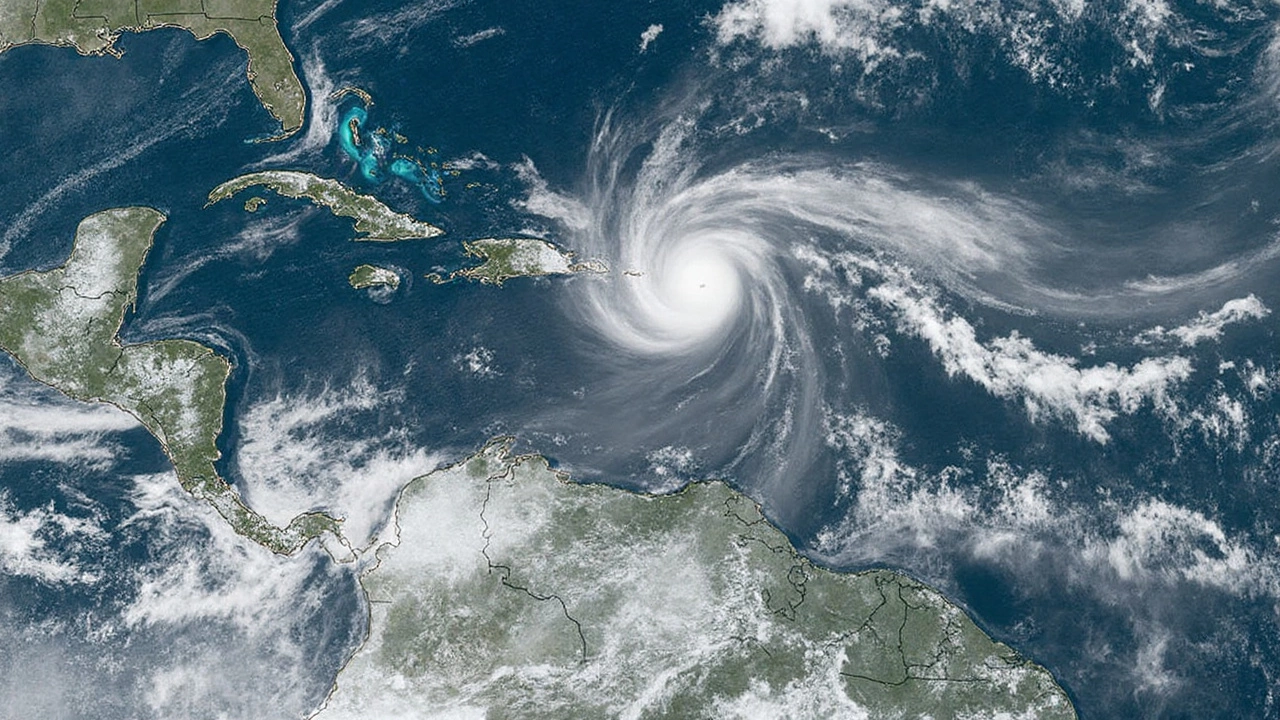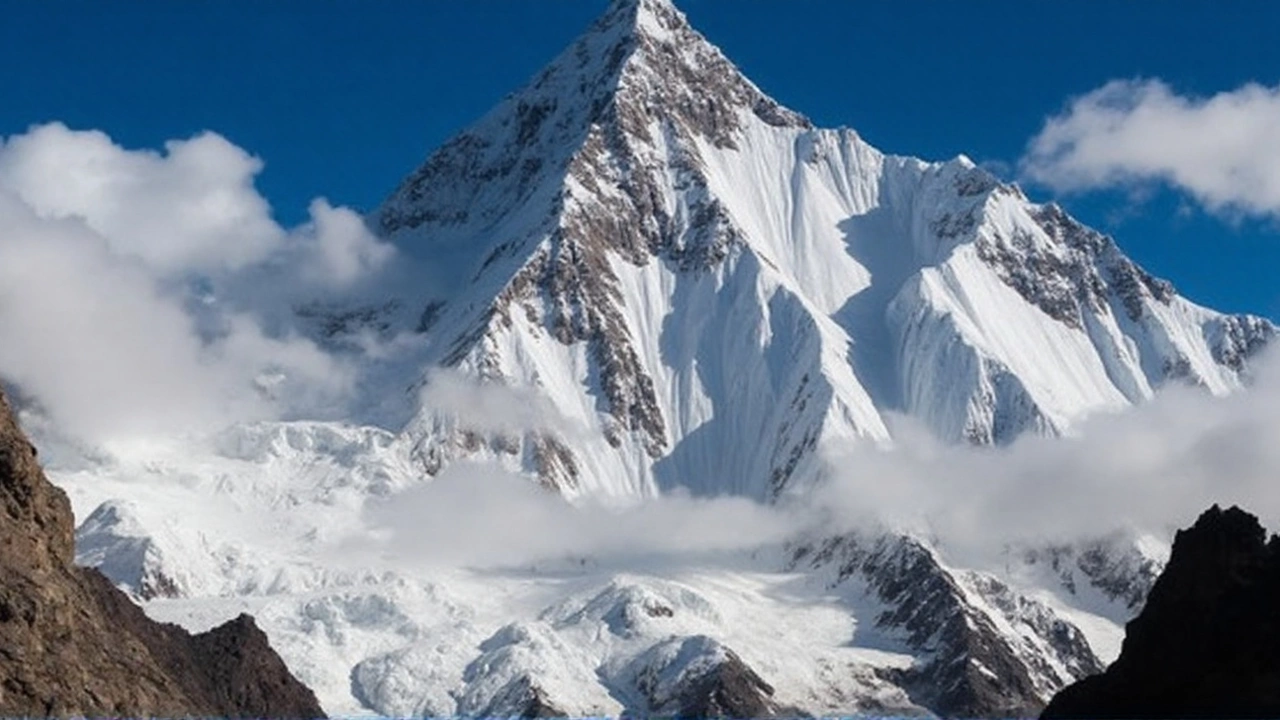Climate Change and Sports in New York: What Every Coach Needs to Know
If you’ve been coaching in the city’s parks or gyms, you’ve probably felt the heat lately. It’s not just a bad summer – it’s a sign that the climate is shifting faster than most people expect. For coaches, that means adjusting drills, schedules, and safety plans to protect athletes from heat, rain, and unpredictable conditions.
New York’s weather used to be a reliable backdrop. Spring meant cool mornings, summer brought warm evenings, and fall offered perfect outdoor workouts. Now, heatwaves can last weeks, storms roll in with little warning, and humidity spikes during what used to be mild months. Those changes don’t just make players uncomfortable; they raise the risk of dehydration, heat stroke, and injuries caused by slippery surfaces.
Why Weather Is Changing Faster Than You Think
Scientists point to rising global temperatures, more frequent extreme events, and shifting rain patterns as the main drivers. In the city, that translates to higher average highs, more days over 90°F, and heavier downpours that flood fields and courts. Even indoor facilities feel the impact – higher humidity can affect equipment, and power outages during storms can disrupt training.
For a coach, the takeaway is simple: the old calendar no longer works. A summer evening practice that used to be comfortable might now be dangerously hot. A weekend match scheduled on a field that was dry last year could be soaked this season. Ignoring these signals can lead to poor performance and, worse, serious health issues for athletes.
Practical Coaching Adjustments for a Warming Climate
First, monitor the weather like you track player stats. Use reliable apps that give heat index, humidity, and UV levels. If the heat index tops 105°F, shift workouts to early mornings or late evenings when it’s cooler. Keep water stations stocked and encourage athletes to sip regularly, not just when they feel thirsty.
Second, modify the intensity of drills on hot days. Shorten sprint intervals, add more rest, and focus on technique rather than max effort. Use shaded areas or indoor spaces when possible, and consider low‑impact activities like yoga or mobility work that keep athletes moving without overtaxing their bodies.
Third, plan for rain. Have a backup indoor location ready, and teach players how to transition quickly from outdoor to gym drills. If flooding is a risk, inspect fields before each session; a quick walk around can reveal hidden hazards like mud patches that could cause ankle twists.
Fourth, protect equipment. Store balls, nets, and cones in dry places to prevent swelling or wear. Regularly check shoes for water damage, as wet footwear can lead to blisters or loss of traction.
Finally, involve the whole team in safety. Run short talks on heat illness signs – headache, dizziness, nausea – and make clear who the point person is if someone feels off. Encouraging athletes to look out for each other builds a culture where safety comes first.
Adapting to climate change isn’t a one‑time fix; it’s an ongoing process that requires flexibility and awareness. By staying ahead of the weather, adjusting training plans, and keeping health at the forefront, coaches can keep New York athletes performing at their best, no matter how the climate throws curveballs.
Remember, the goal isn’t to stop the weather – it’s to make sure the game keeps going safely. With the right habits, you’ll turn unpredictable conditions into an advantage, building resilient teams that can thrive in any climate.
Kieran Lockhart, Aug, 19 2025
Hurricane Erin Roars to Category 5: First Major Storm of 2025 Rocks Atlantic and Threatens East Coast
Hurricane Erin, the first major hurricane of 2025, exploded to a Category 5 with peak winds of 160 mph, fueled by record-warm Atlantic waters. The storm has already caused flooding and fatalities in Cape Verde, power outages in Puerto Rico, and urgent warnings for the U.S. East Coast. Erin underscores the role of climate change in fueling extreme storms.
View MoreKieran Lockhart, Aug, 7 2025
Melting Pakistan Glacier Exposes Man Missing for 28 Years
A local shepherd discovered Nasiruddin's body in Pakistan's Lady Meadows glacier after 28 years missing. Rising temperatures caused the ice to melt, revealing remains dating back to 1997. His family, who searched for decades, finally found closure. The find highlights how climate change is unlocking long-lost secrets from the mountains.
View More





